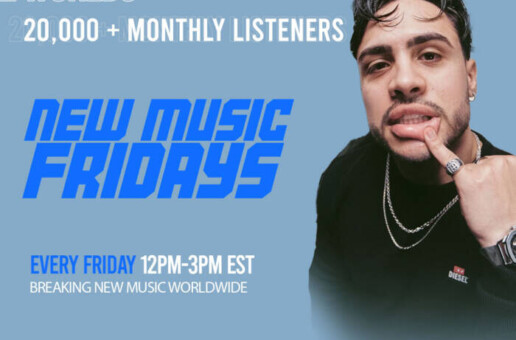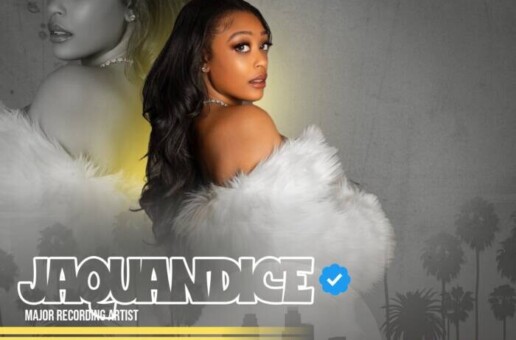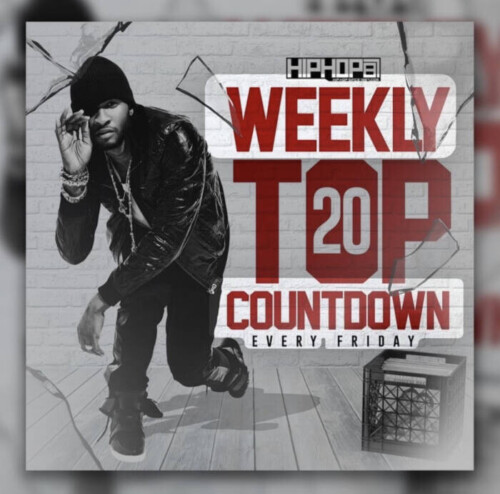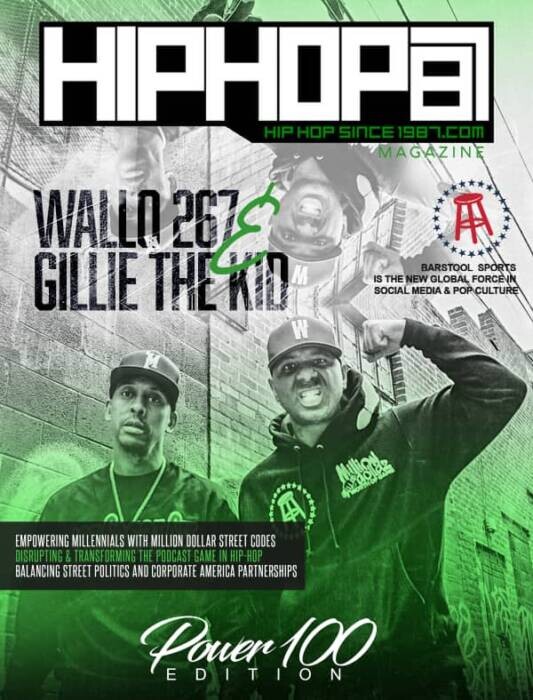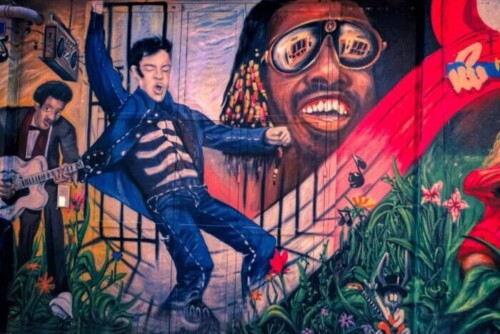
The relationship between cannabis and the music industry has long been an intriguing topic. For decades, artists and musicians have turned to cannabis for inspiration, relaxation, and sometimes as a tool to break creative barriers. From jazz legends to modern-day producers, cannabis has influenced the creative process in the music world in profound ways. In this article, we’ll explore the history of cannabis in music, its role in enhancing creativity, and the effects of different cannabis strains on musical expression.
A Brief History of Cannabis and Music
The use of cannabis in the music industry is not a new phenomenon. As far back as the early 20th century, jazz musicians like Louis Armstrong, Duke Ellington, and Dizzy Gillespie openly embraced cannabis. Armstrong, in particular, was vocal about the positive impact of cannabis on his creativity, claiming it helped him relax and explore new musical ideas.
In the 1960s and 1970s, cannabis became a symbol of counterculture and was widely associated with rock and roll, reggae, and folk music. Iconic figures like Bob Marley and The Beatles were known to use cannabis during their songwriting sessions. Marley, in particular, infused his music with the spiritual essence of cannabis, often referring to it as “the herb,” which he believed connected him to deeper realms of consciousness.
In more recent times, cannabis has been a staple in hip-hop culture. Rappers like Snoop Dogg, Wiz Khalifa, and A$AP Rocky have celebrated cannabis both in their personal lives and in their lyrics. It’s clear that cannabis has played a key role across multiple musical genres, inspiring some of the most memorable and influential music in history.
Cannabis and Creativity: A Powerful Combination
So, why do so many artists turn to cannabis for creative inspiration? The connection between cannabis and creativity can be attributed to the plant’s effects on the brain. Cannabis interacts with the body’s endocannabinoid system, particularly the CB1 receptors in the brain, which are responsible for regulating mood, memory, and perception. This interaction can lead to a state of heightened sensory awareness, allowing musicians to tap into their creativity in unique ways.
One of the most common reasons musicians use cannabis is to break through creative blocks. Cannabis can lower inhibitions, making it easier for artists to experiment with new sounds, melodies, and lyrics. It helps them think outside the box, offering fresh perspectives on their work. Moreover, cannabis tends to reduce stress and anxiety, which can be especially beneficial for artists who feel pressure to produce or perform.
The Effects of Different Cannabis Strains
Cannabis is a highly versatile plant, and its effects can vary depending on the strain. There are two primary categories of cannabis: Indica and Sativa, along with countless hybrid strains that combine elements of both. Each strain affects creativity in different ways.
1. Sativa: Often referred to as the “creative” strain, Sativa is known for its uplifting and energizing effects. Many musicians prefer Sativa strains when they are looking to boost their creativity and focus. These strains tend to enhance sensory experiences, making music feel more immersive. Sativa is ideal for daytime use, as it increases alertness and can inspire creative thought without causing sedation. Popular Sativa strains include Sour Diesel and Green Crack.
2. Indica: While Indica strains are typically associated with relaxation, they can also help foster creativity in more introspective ways. Indica’s calming effects make it ideal for late-night jam sessions or deep, reflective songwriting. It slows down the mind, allowing artists to dive into more emotional or mellow musical styles. Indica strains like Granddaddy Purple and Northern Lights are favorites among musicians looking to unwind while creating.
3. Hybrids: Hybrid strains offer a balance of both Indica and Sativa qualities. They can be tailored to the artist’s specific needs, providing both creative stimulation and relaxation. A strain like Blue Dream, for example, is known to offer the creative boost of Sativa with the calming effects of Indica, making it a versatile choice for musicians who need to stay relaxed while exploring new ideas.
The Modern Music Scene and Cannabis
As cannabis legalization spreads across the globe, more musicians are openly discussing their use of cannabis for creative purposes. Artists like Billie Eilish, Post Malone, and Mac DeMarco have all spoken about how cannabis plays a role in their creative process. Additionally, the rise of cannabis-themed festivals like “Kaya Fest” has further cemented the bond between cannabis and music culture.
The increasing acceptance of cannabis use in the music industry has also led to a surge in cannabis-themed music collaborations and business ventures. Musicians such as Willie Nelson and Method Man have even launched their own cannabis brands, tapping into the growing market while celebrating the plant that has been a part of their creative journey for years.
Conclusion
Cannabis and music share a long and intertwined history, one that continues to evolve in today’s music industry. From inspiring jazz legends to modern-day hip-hop moguls, cannabis has consistently served as a muse for musical creativity. Whether artists are looking for a way to break through creative blocks or simply want to immerse themselves more deeply in their craft, cannabis offers a unique tool to unlock the full potential of their imagination.
With the vast array of cannabis strains available today, musicians have more options than ever to find the perfect balance of relaxation and inspiration. Whether it’s through the energizing effects of a Sativa strain or the introspective vibes of an Indica, cannabis continues to play a significant role in shaping the sounds of our generation.
Cannabis is not just a substance; it’s a creative ally—a muse that has shaped, and will continue to shape, the musical landscape for generations to come.
© 2024, Logan. All rights reserved.



